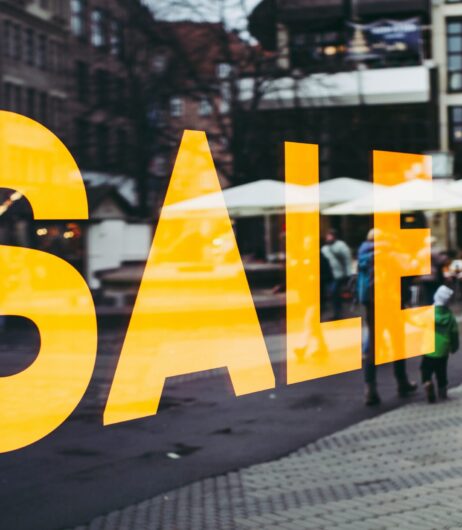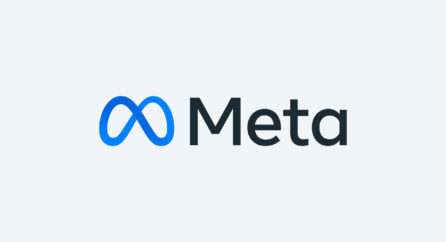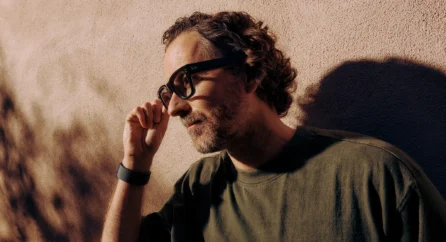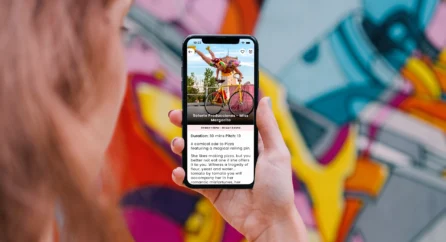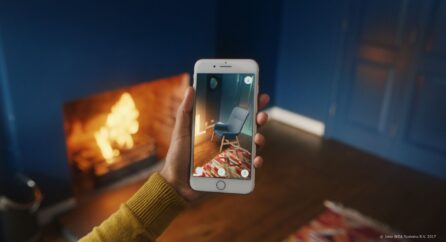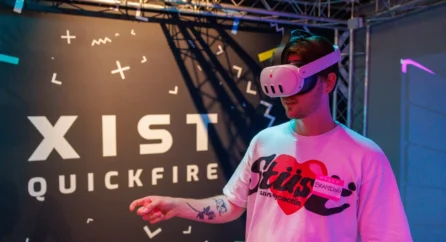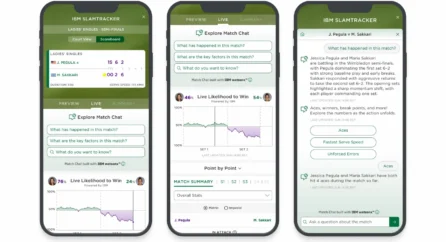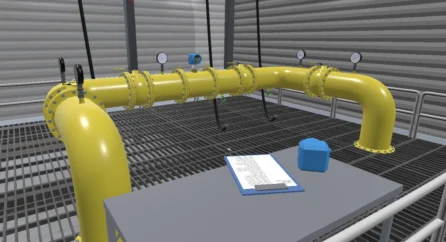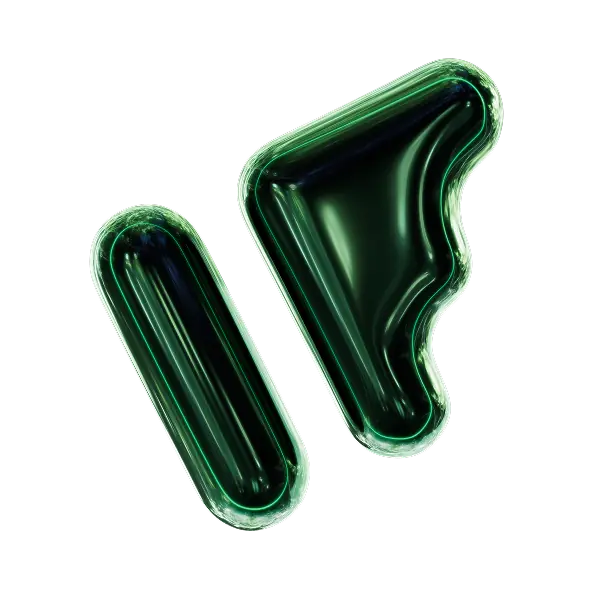Home Knowledge Base Photos and lasers: how to get a head start in 3D modelling
Photos and lasers: how to get a head start in 3D modelling
5th October 2018
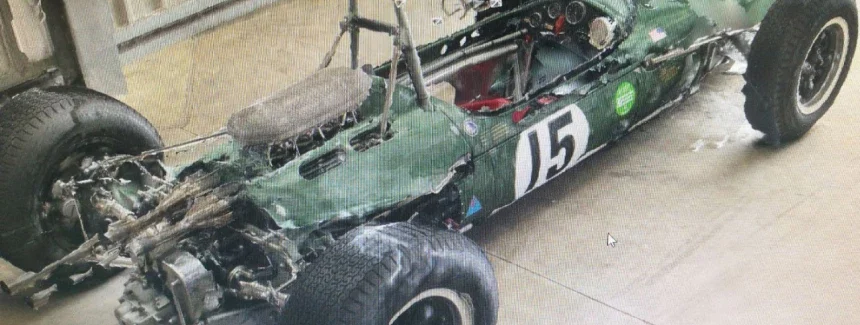
More detail, less time
Creating both VR and AR experiences requires low-poly models, especially if a VR experience is running in-engine. And often, when creating client projects, we need to turn around high-quality models fast – for example when we needed to model the new Brabham BT62 hypercar as well as heritage F1 cars in a short space of time. Photogrammetry and laser-scanning offer us a really effective head start – providing a detailed model that you can either use as it is, or take into a 3D application and rework to make game-ready.
For photogrammetry, we use a camera to take hundreds of different photos of an object and then use specialist software to compare the matching pixels between the photos to form a ‘point cloud’, which can then be used to create the model. Laser scanning is a similar technique – it involves firing a laser onto an object which is then projected back to form the point cloud, effectively giving you a working model in real time.
Both techniques are basically like a form of digital shrink-wrapping – all the minute details are already there on the model. You can then project these details onto a low poly mesh, and transfer all the bumps, heights and small angles to the low polygon using a Normal Map. This gives us high-fidelity, low-poly models that can be run efficiently in-engine without compromising on aesthetic quality – all in less time.
Our top tips
Pick your target
If you want to use photogrammetry or laser scanning make sure you can access your object easily – for example, it’s no good trying to laser scan a really tall building if you can’t reach the top.
Flat lighting is best
In very bright light, the camera will catch all the variations in colour and the final texture ends up looking uneven, so aim for flat or grey lighting. Also, if you try to scan anything with a shiny and/or black surface you’ll need to project a texture or pattern over the shape so the laser doesn’t cancel itself.
Know your equipment
You can use more or less any camera for photogrammetry but laser scanners can be harder, and a lot more expensive, to get hold of. The good news is you can hire them. The Artec scanner is usually the scanner of choice, offering up to 0.1mm of accuracy. On the cheaper end of the scale, you can also buy a ‘structure sensor’ that attaches to an iPhone or an iPad, which gives you a lower quality but effective scan.
Make it easy for yourself
For photogrammetry, it’s easier to move around the object as you photograph it rather than rotating the object itself – it just makes it easier for the software to map everything out. When working to scale, put a ruler down and include that in your scan/photography to provide an accurate reference for measurements when visualising architecture, or similar.
Enjoy the extra time
Photogrammetry saves so much time in the modelling process – helping ensure a good level of detail and get models to render faster – which is essential for in-game VR experiences…and for easing the pressure on tight deadlines!
This article also appears in 3D World Magazine
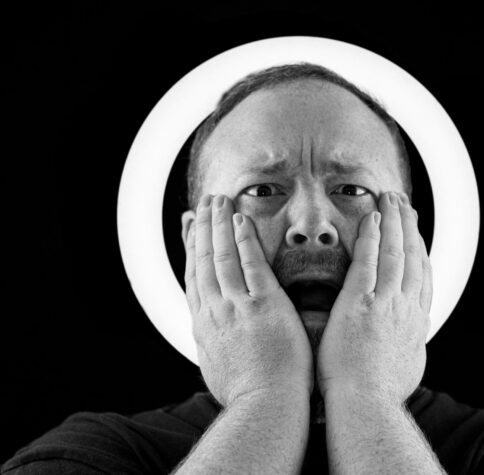
Graham Jones
After studying Games Art and Design at NUA, Graham has had a varied career – from creating 3D training videos for the oil and gas sector to music video visual effects to children’s TV. He joined Infinite Form in early 2016 and leads all things creative for our XIST free-roam VR gaming system. Games design and visual storytelling are his key interests, so out of the office you’ll still find him designing animation and video games.
Related posts



